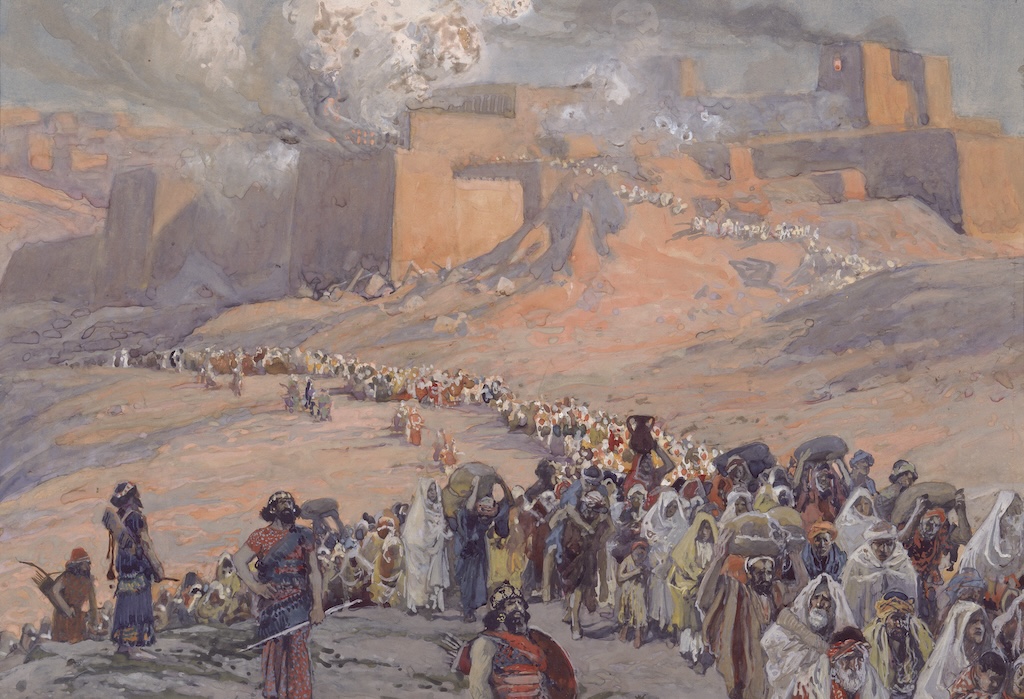
The Relationship Between “Jews” and “Israelites” After the Babylonian Exile
july 2022 | Vol. 10.7
By Jason Staples
In his review of Karl Georg Kuhn’s Achtzehngebet und Vaterunser und der Reim, the Dutch Biblical scholar M.A. Beek fondly recalls studying Rabbinic texts with Kuhn before World War II as “an idyllic time in the summer semester of 1934 when Dr. Kuhn was still a private dozent at the University of Tübingen. At that time, he wore a [Nazi] Sturmabteilung uniform with an “Honorary Dagger with Dedication” clinking at his side because he was among the first thousand people in the SA.”
In addition to lecturing on Rabbinic Judaism while wearing a Nazi paramilitary uniform, Kuhn (1906-1976) was, together with his mentor Gerhard Kittel, one of fifteen appointees to the “Institute for the Study of the Jewish Problem” established in 1936. He contributed several scholarly articles on the so-called “Jewish Problem” in the service of the institute, putting forth anti-Semitic scholarship with remarkable subtlety and scholarly sophistication.

Achtzehngebet und Vater unser und der Reim, 1950.
But Kuhn is also the author of the entry in Kittel’s Theological Dictionary of the New Testament on the terms Israel, Ioudaios (Jew/Judaean), and Hebrew in early Jewish literature, an entry that established the paradigm for how these terms and their relationships to each other have been understood for nearly a century—a paradigm now so dominant as to be regularly assumed without argument or citation across a broad range of scholarly literature.
Like most modern scholars, Kuhn presumed that the terms “Israelite,” “Jew,” and “Hebrew” were essentially synonymous or coextensive in early Jewish literature, with all three terms referring to the same group of people. Nevertheless, these terms are not evenly distributed across early Jewish literature like one would expect if they were completely synonymous. As a result, Kuhn proposed that Israel/Israelite is the preferred “insider” terminology, while “Jew” is a term typically used by outsiders and sometimes carries a nuance of disrespect or contempt, and was used by Israelites themselves as an accommodation when communicating in an outsider or diaspora context. As for “Hebrew,” Kuhn explains that this term serves as another “more dignified” alternative to the “deprecatory element that clings so easily to [Jew].”
Lest anyone cast a dubious eye upon Kuhn’s scholarship on Judaism due to his enthusiastic support of German National Socialism, Beek (1909-1987) reassured us that “The dagger and uniform never hampered Dr. Kuhn’s lectures on Rabbinic texts. I could never doubt his scientific purity on this point.” Beek’s predecessor at the University of Amsterdam had been dismissed in 1940 and died in Auschwitz in 1944.
Gerhard Kittel. Universitätsarchiv Tübingen, S 23/1,627. Arthur Gröger / CC BY-NC 3.0.
Similarly, modern proponents of Kuhn’s insider/outsider paradigm are either unaware of his background or have dismissed the idea that his ideology had any impact upon his conclusions. But a closer look reveals serious problems with his proposed model for these terms, most notably that the supposed “depreciatory element” of the term Ioudaios is unattested in the period about which Kuhn writes.
Such a contemptuous nuance was, however, frequently associated with the word Jude in Kuhn’s own context, while Israelite conveyed a more respectful connotation in prewar Germany. Far from an inductive proposal based on the nuances found in the ancient texts themselves, Kuhn’s paradigm therefore superimposes the perspective and terminological nuances of Nazi Germany onto antiquity. Remarkably, despite widespread recognition of numerous shortcomings in mapping onto the data, Kuhn’s paradigm has remained the default explanation for the ancient use of these terms well into the twenty-first century.
Martinus Adrianus Beek in 1961. CC0 Public Domain via Wikimedia Commons.
My book, The Idea of Israel in Second Temple Judaism: A New Theory of People, Exile, and Israelite Identity, proposes a new paradigm based on a thorough examination of a wide range of evidence across the Second Temple period. The first step is recognizing that the reason these terms cluster in specific texts and context rather than being evenly distributed across the literature is that they are not in fact synonymous and do not represent exactly the same people groups. Contrary to the widespread presumption that during the exilic period and thereafter, “Israel” was simply an alternative appellation for the Jews as a group, “Jews” are instead a subset of the larger group of “Israelites.”
First-century Jewish historian Flavius Josephus explicitly states as much in his explanation of a rather sudden shift in terminology in book eleven of his Jewish Antiquities. Whereas the subjects of his history had been primarily called “Hebrews” and “Israelites” the previous ten books of his history, from book eleven forward Josephus speaks instead of “Jews,” using “Hebrews” only twice more and entirely dropping “Israel” after book eleven.
Josephus explains that he has switched his terms because although many Jews returned from the Babylonian Exile, “the whole people of Israel remained in that land [of exile], so it came about that only two tribes returned to Asia and Europe and are subject to the Romans. But the ten tribes are still beyond the Euphrates River and are a boundless multitude too great to number” (Antiq. 11.133). A few paragraphs, later he explains that “after they [the two tribes] returned from Babylon, they were called Jews after the tribe of Judah, since that was the prominent tribe” (Antiq. 11.173). That is, a “Jew” (Ioudaios) is simply a “Judahite,” someone from the southern kingdom of Judah, only one portion of the larger twelve-tribe entity of Israel.
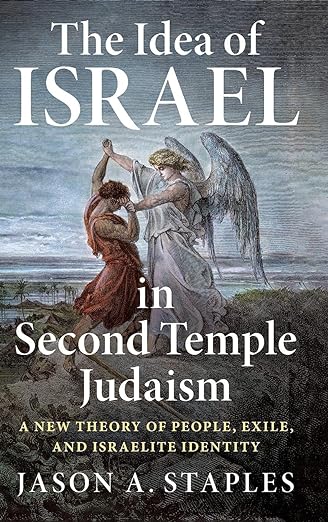
The Idea of Israel in Second Temple Judaism. Book by the Author.
This means that although Jews are Israelites, not all Israelites are Jews. The Samaritans, who claimed Israelite heritage from the northern tribes of Joseph but did not claim to be Jews, are perhaps the most obvious confirmation of this distinction, which is maintained with remarkable consistency across early Jewish literature. The implications of this distinction are especially significant to our understanding of early Jewish eschatology, as already suggested by Josephus’ subtle reference to the magnitude of the ten tribes not under Roman rule.
Indeed, although modern scholarship widely presumes that the Persian period returns and rebuilding of the temple narrated in Ezra-Nehemiah mark the end of the exile and the restoration of Israel, one searches in vain for a single early Jewish text that treats the events of Ezra-Nehemiah in this way. Instead, even Ezra-Nehemiah itself finishes on a sour note that suggests that the restoration is at best incomplete, and other early Jewish texts frequently downplay the events of the Persian period, looking forward to a glorious future restoration compared to which those events remain “times of oppression” (Dan 9:25).
One of the reasons for this is that although Ezra-Nehemiah narrates a return of Jews (that is, those from the southern tribes of Judah and Benjamin along with priests and Levites) from the Babylonian Exile, the rest of Israel remains strikingly absent, with the hostility between the inhabitants of Samaria and the Jewish returnees only emphasizing that the restoration and reconciliation of all twelve tribes of Israel promised in the Prophets had not yet come to pass.

James Jacques Joseph Tissot, The Flight of the Prisoners, c. 1896-1902.
This fact helps account for why early Jewish literature so frequently situates the reader in exile, looking forward to the future fulfillment of God’s promises to the whole people of Israel. The very existence of a novella like Tobit, which tells of the divine preservation of a righteous Naphtalite family in ongoing exile, illustrates the importance of non-Jewish Israelites to these restoration hopes. For such groups as the sect behind the Dead Sea Scrolls, much of Judah may have returned, but until the rest of Israel has returned, the “age of wrath” (CD 1:5) has not yet come to an end.
The continued distinction between “Israelites” and “Jews” in the Second Temple period is therefore not merely a pedantic exercise but rather reveals a specific paradigm of Israelite peoplehood and eschatological discourse while also reflecting by a more diverse conception of “Israel” (and what might be called “Israelism”) than is typically appreciated within this period.
Jason Staples is Assistant Teaching Professor in the Department of Philosophy and Religious Studies at North Carolina State University.
How to cite this article
Staple, J. 2022. “The Relationship Between ‘Jews’ and ‘Israelites’ After the Babylonian Exile.” The Ancient Near East Today 10.7. Accessed at: https://anetoday.org/staples-jews-israelites-exile/.
Want to learn more?

A Failed Coup: The Assassination of Sennacherib and the Assyrian Civil War of 681 BC
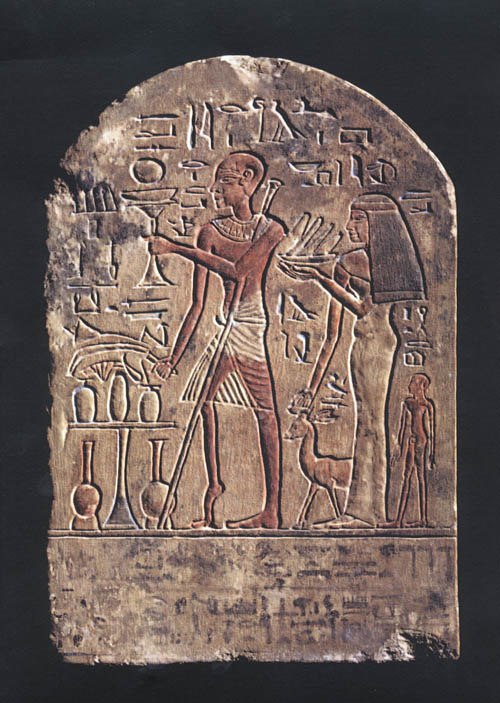
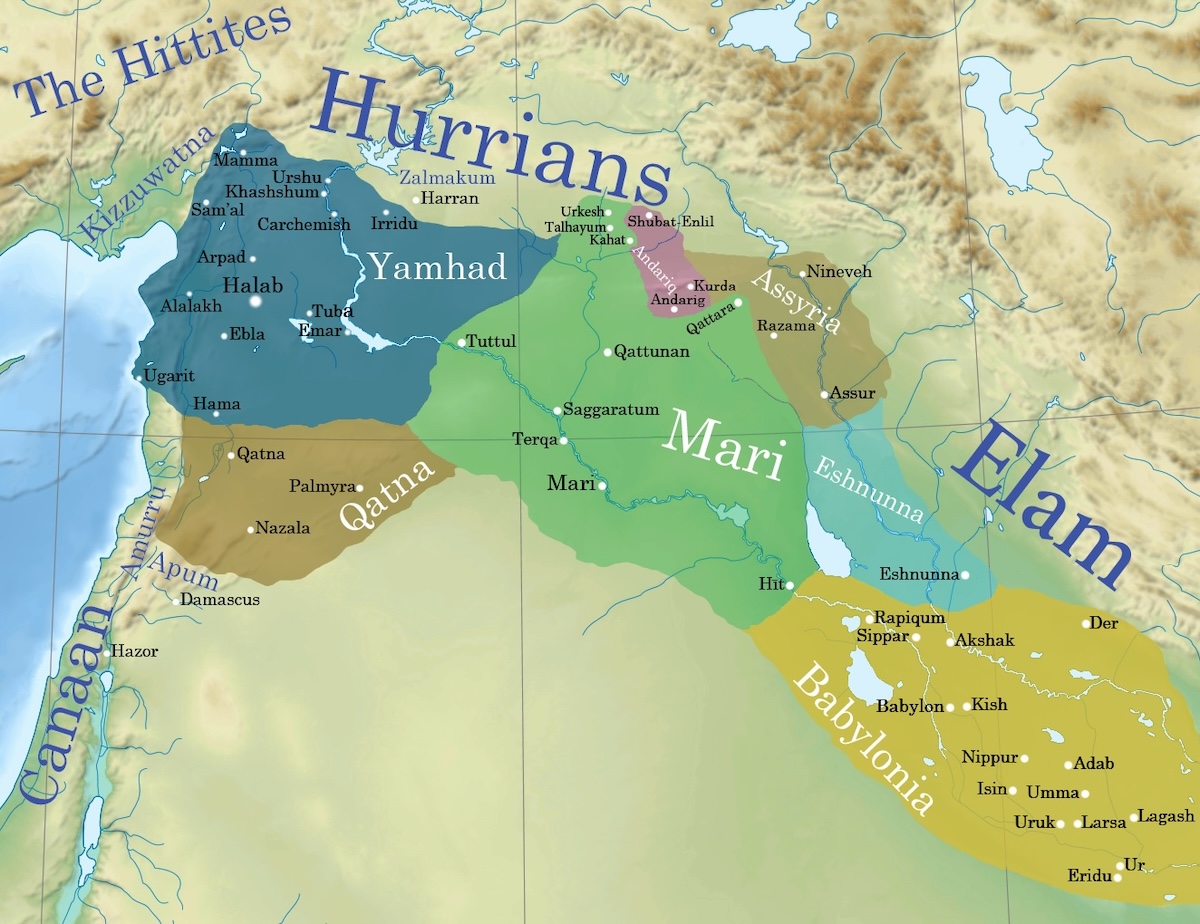
The Amorites: Rethinking Approaches to Corporate Identity in Antiquity
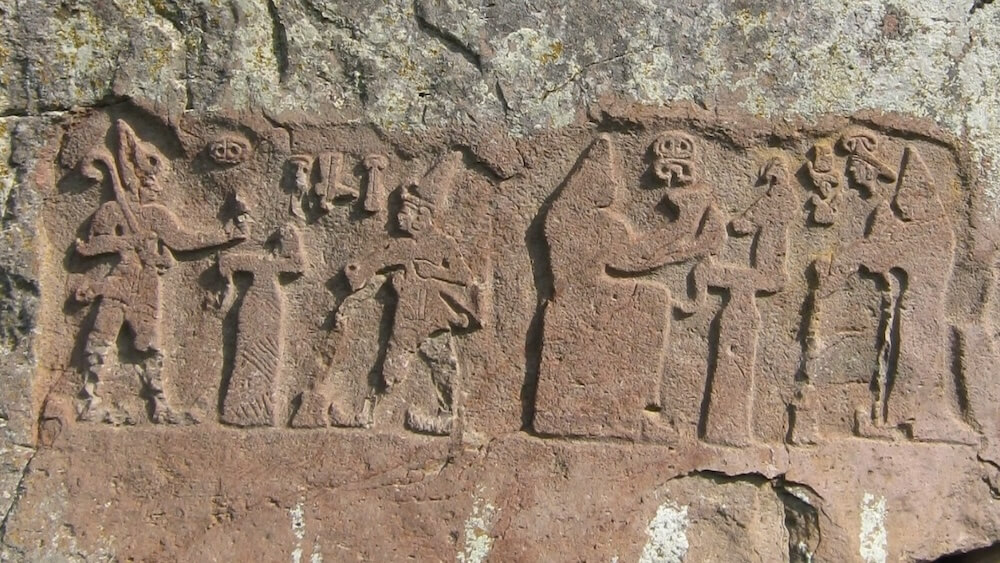

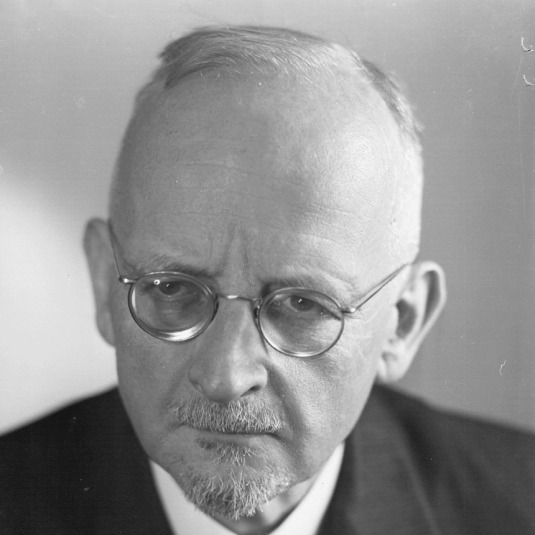

Post a comment